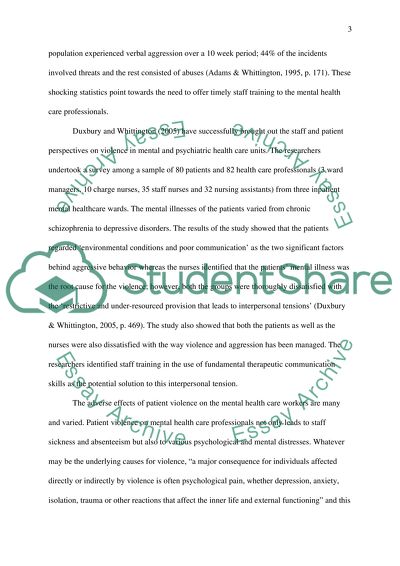Cite this document
(“Staff Training and Prevention of Violence in mental Health Care Units Research Paper”, n.d.)
Retrieved from https://studentshare.org/nursing/1396196-staff-training-and-prevention-of-violence-in-mental-health-care-units
Retrieved from https://studentshare.org/nursing/1396196-staff-training-and-prevention-of-violence-in-mental-health-care-units
(Staff Training and Prevention of Violence in Mental Health Care Units Research Paper)
https://studentshare.org/nursing/1396196-staff-training-and-prevention-of-violence-in-mental-health-care-units.
https://studentshare.org/nursing/1396196-staff-training-and-prevention-of-violence-in-mental-health-care-units.
“Staff Training and Prevention of Violence in Mental Health Care Units Research Paper”, n.d. https://studentshare.org/nursing/1396196-staff-training-and-prevention-of-violence-in-mental-health-care-units.


